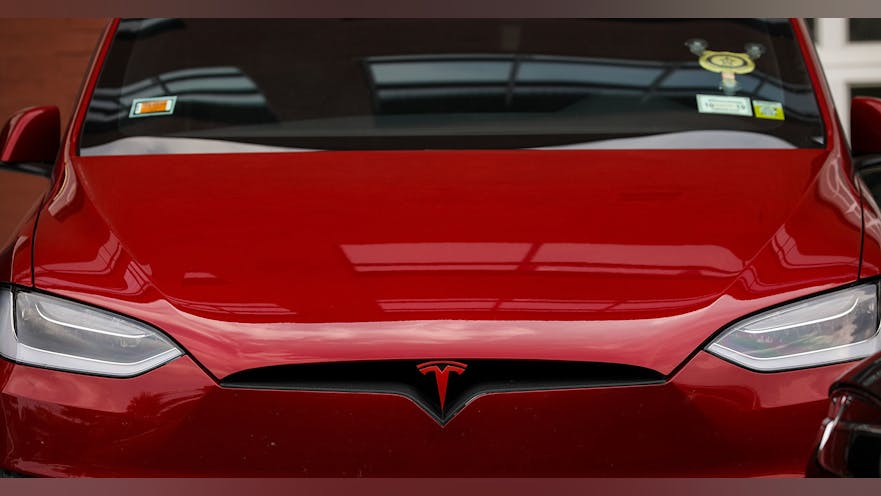The U.S. automotive sector in 2018 continued on its tear, with Ford and General Motors pulling in at #3 and #4, respectively, in the IW U.S. 500 rankings. The two U.S. automakers actually swapped spots from 2017, with Ford pulling ahead thanks in part to strong truck and SUV sales and GM posting negative growth as it sold its lagging European subsidiary, Opel-Vauxhall, and saw weakened demand in the U.S. market for its conventional vehicles as it invested in new technology.
Going forward, look for General Motors to be nicely aligned in the autonomous vehicle sector with its development and mass-market production of an electrification platform, its ownership of self-driving startup Cruise Automation and alliance with the ride-hailing company Lyft.
Tesla has steadily gained ground since it debuted on the IW 500 in 2014 at 384. In 2017, the electric car company, which is dealing with production issues and has yet to deliver on the manufacturing promises of its $35,000 Model 3, surged ahead to #99 in the rankings. Meanwhile, CEO and Chairman Elon Musk, always keeping things lively, has the Securities and Exchange Commission on his case for a rogue Tweet and admits to too many all-nighters in the factory (and then, to help him sleep, Ambien).
Mike Jackson, executive director of strategy and research for the Original Equipment Suppliers of America, forecasted recently that globally in automotive, full-size pickups and vans will still be a very rich sector, while many manufacturers will still be profitable in the automotive sedan space. Expect a growth in the number of SUVs sold, but also growth in the number of SUV models out there—with production falling from 120,000 to 100,000 units per nameplate.
Meanwhile, President Donald Trump’s tariff maneuverings and a proposed rollback of fuel efficiency standards are keeping automakers on the edge of their Bluetooth-enabled seats.
“We’ve never encountered this level of uncertainty,” Rebecca Lindland, senior director and executive analyst for Kelley Blue Book, told an audience at the Center for Automotive Research’s Management Briefing Seminars earlier this summer. “We have to think about the threats and opportunities that presents.”
Heavy-Duty Trucks, RVs and Motorcycles
With the economy in boom mode and diesel prices still relatively low, the heavy-duty truck market motored along in 2017 with Paccar (#61), Navistar (#122) and Oshkosh Corp. (#155) all showing revenue growth. Only Wabash National (#400) showed a dip in growth (-4.24%).
Meanwhile, the recreational vehicle market was experiencing double-wide drama. With gas prices not terrible, “glamping” becoming a thing and the upper-middle class getting more up, suddenly everyone who could afford it was going Lost in America (hopefully without that life-altering stop in Vegas that Albert Brooks and Julie Hagerty encountered in the movie). Thor Industries, maker of Airstream and more than a dozen other families of trailers and RVs, saw revenue growth of 58.16% and jumped from #273 to #144 on the IW 500. The iconic midcentury brand Winnebago saw similar growth, up 58.64% to earn the company the #440 spot on the IW U.S. 500.
In the two-wheel and off-road realm, Harley-Davidson (#182) saw a revenue drop of 5.8% despite attempts to reach a younger market. Polaris, maker of Indian motorcycles along with snowmobiles and ATVs, settled in at #186 this year, showing revenue growth of 20% over 2017 as sales of the Indian brand steadily increased even as the ATV market slowed.
With Harley offshoring some production this summer and CEO Matt Levatich blaming Trump’s trade policy for causing hardship, best to brace for a wild ride for next year’s IW 500.



